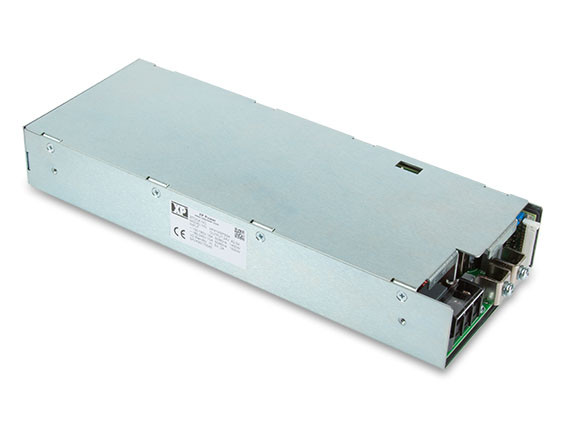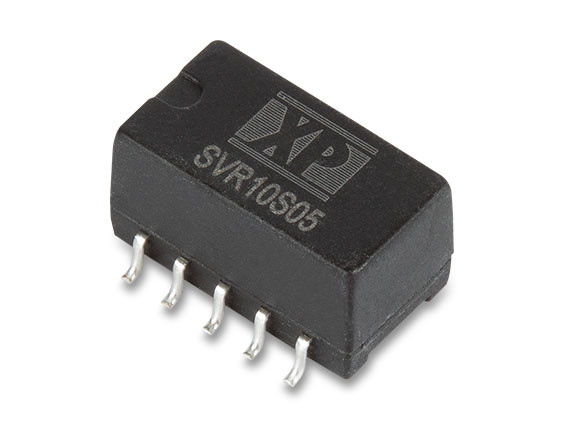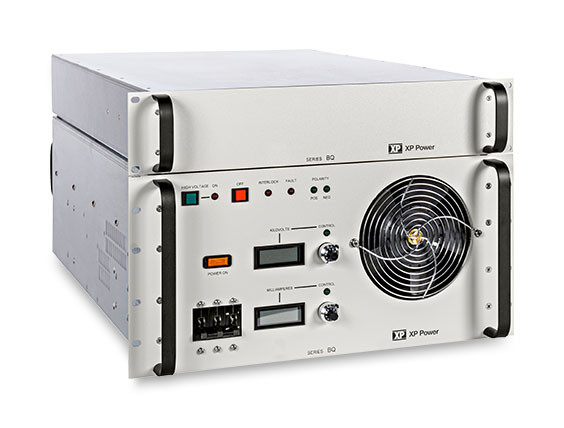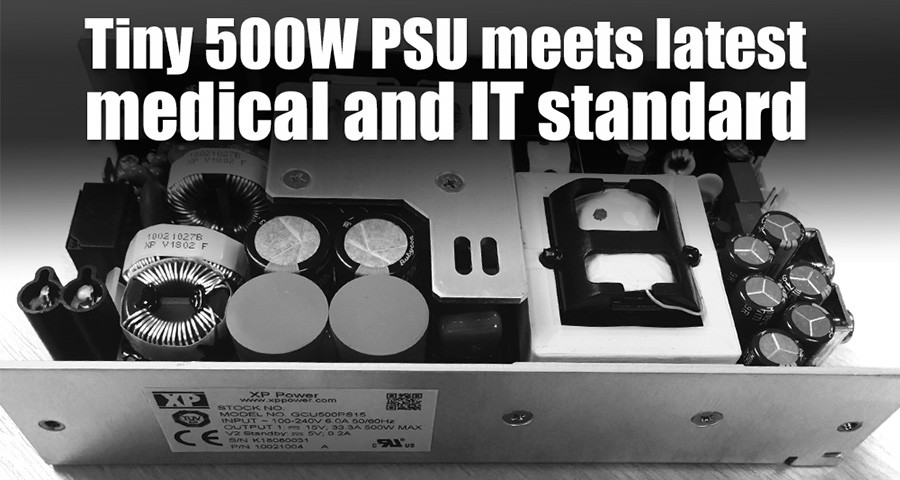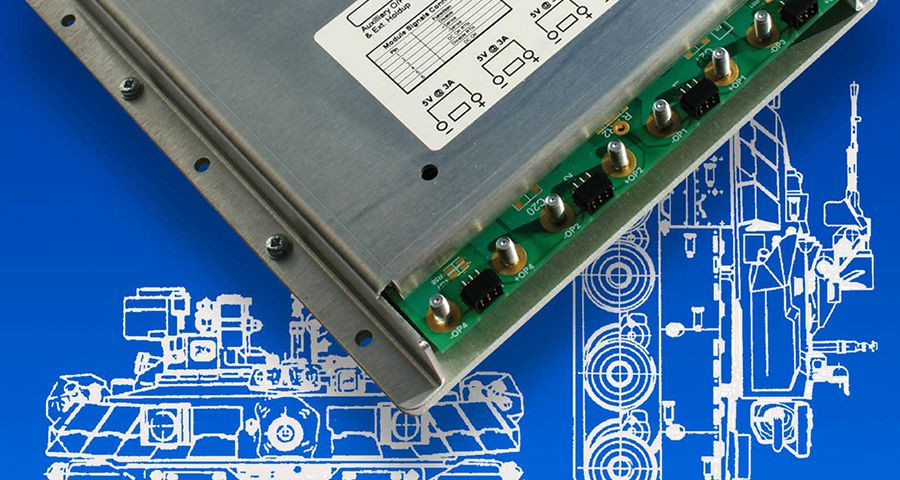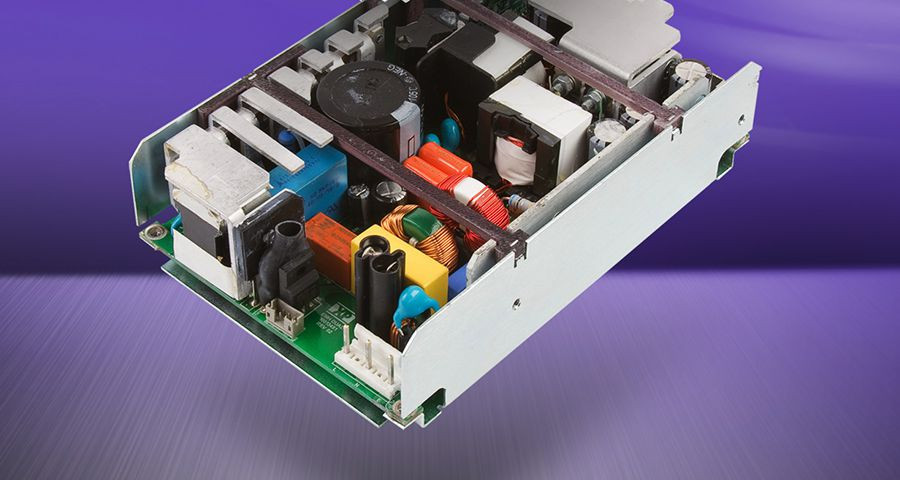
The Power Management Bus (PMBus) is an open standard power-management protocol. This flexible and highly versatile standard allows for communication between devices based on both analog and digital technologies, and provides true interoperability, which will reduce design complexity and shorten time to market for power system designers.
The Esssetial Guide to Power supplies - have you got your copy?
Remote access to the power supply
The PMBus specification is a document that details the packet format and the available commands, such as Remote On/Off, Output Voltage Adjustment, Read Output Voltage, Set Overvoltage Protection, Read Current, Read Temperature, and many more. It provides a gateway for users to have remote access to the power supply, essentially, making a simple power supply more useful.
The Power Management Bus (PMBus) is an open standard power-management protocol. This flexible and highly versatile standard allows for communication between devices based on both analog and digital technologies, and provides true interoperability, which will reduce design complexity and shorten time to market for power system designers.
The PMBus specification is a document that details the packet format and the available commands, such as Remote On/Off, Output Voltage Adjustment, Read Output Voltage, Set Overvoltage Protection, Read Current, Read Temperature, and many more. It provides a gateway for users to have remote access to the power supply, essentially, making a simple power supply more useful.
Communication protocol
Digital communication has become increasingly popular in the power supply industry, with I2C being one of the most convenient and accepted methods. Aside from the simple connection of I2C, which consists of two wires and a ground line, the most important factor is the ease of integration into a system.
PMBus compliant highlights that the communication method is I2C and that it is compliant to an industrially accepted format. The benefits include faster time to market, minimized documentation of software specifications and a better design guideline for communication protocol.
To offer greater flexibility and accommodate a wide range of users, aside from all the standard protocols, there are many custom protocols that are specific to the developer.
Within the standard protocols there can also be variations. For example, there are different ways to interpret the voltage, with the developer being able to choose either literal format data or direct format. Also, within literal format, one can customize its constants to suit a specific design/range. With that said, the standard specification is only a guideline, to fully integrate and utilize all the functions of the power supply, the user must work with the datasheet from the manufacturer.
Although the user cannot fully integrate the power supply without a manufacturers specification sheet, the communication does not change. The command to retrieve the current level is the same, the command to set the voltage is the same, with the only variation being how the data is represented.
Compliant Power Supply
Every PMBus compliant power supply will have its own specific manufacturers specification. The spec can be as short as a page; however longer ones can be over 60 pages. Examples of simple one page specifications would be for power supplies employing basic read functions such as: Read Voltage, Read Current and Remote On/Off.
When designing in a PMBus compliant power supply the user must be aware that the integrity of the data relies heavily on a clean reference due to the data being transmitted in packets of TTL signals. If ground noise is above the TTL level, then the data can be easily corrupted.
XP Power offers power solutions with an I2C PMBus compatible interface from 350 Watts to 1500 Watts.
